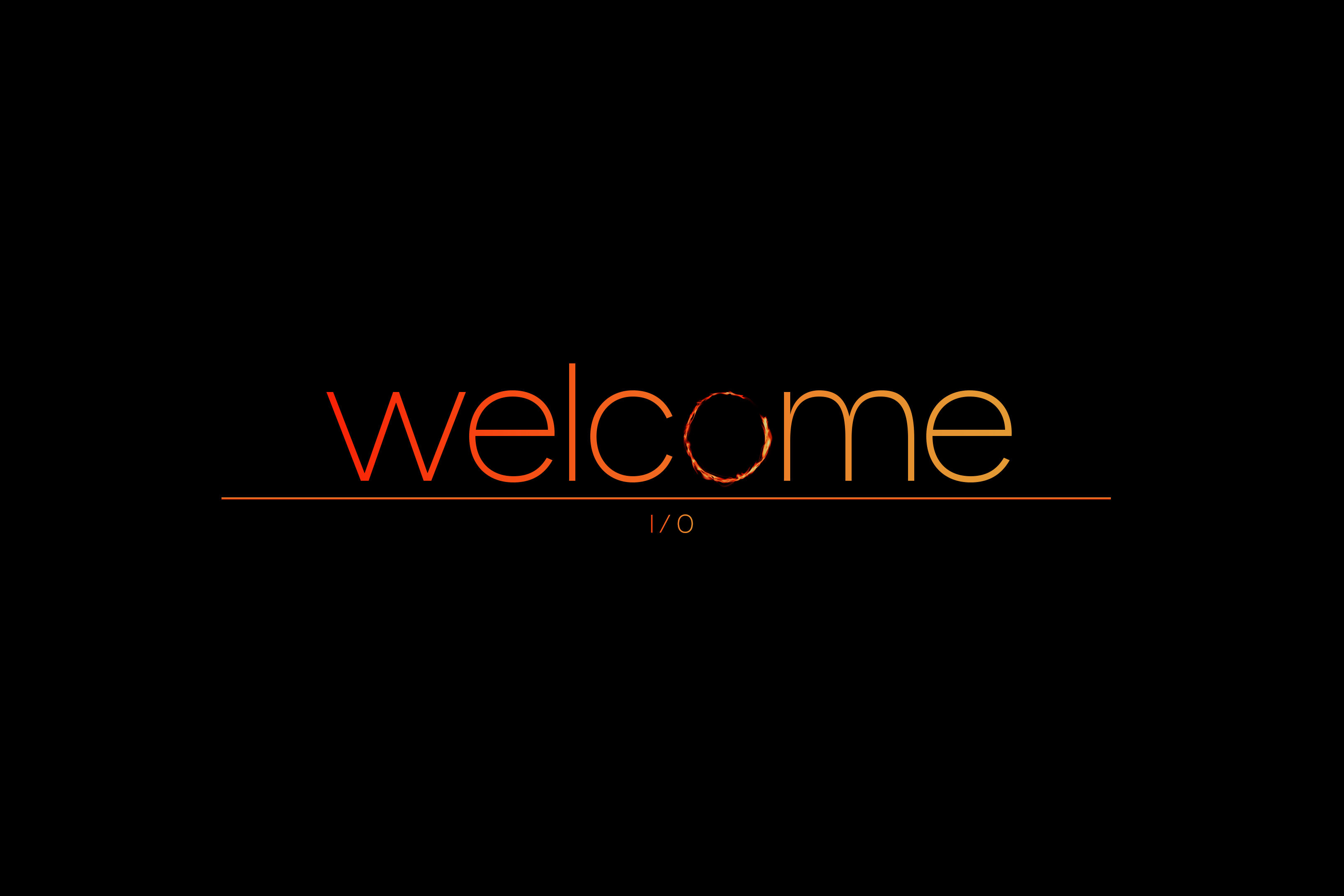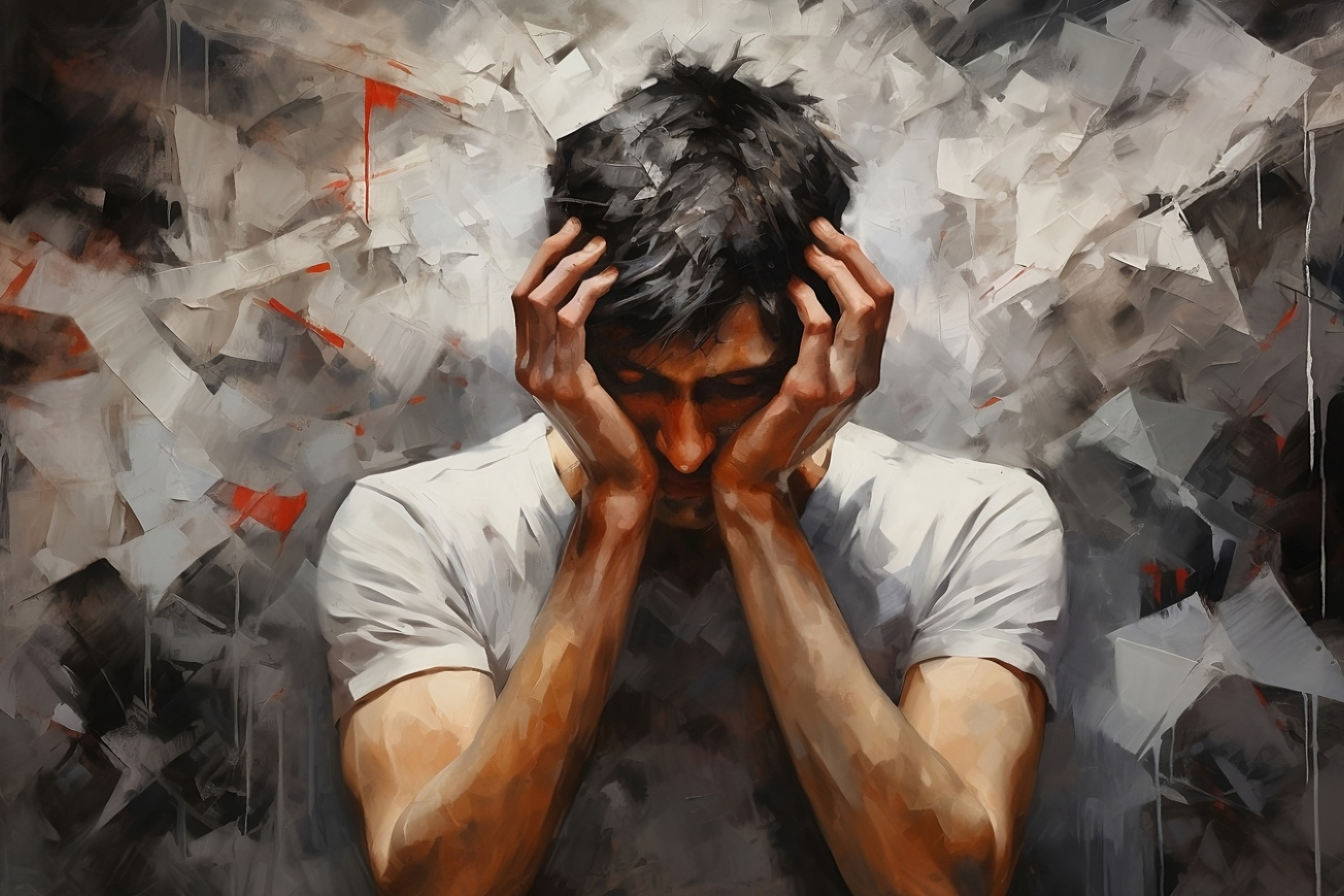When the Tank is Empty
Creative burnout is a pervasive condition that often affects artists, musicians, and creators, leaving them feeling like they are running on empty: worn out, questioning their work, and lacking productivity. It is not just a phase but a significant challenge that creatives encounter at various stages in their careers. However, there’s an upside to this struggle – it can be overcome. With a deeper understanding of this daunting condition and a few effective strategies, it’s entirely possible to refuel and reignite that creative spark.
More than Just Fatigue: The Symptoms of Creative Burnout
Imagine yourself on a treadmill. Despite running at full speed, the finish line seems to be continually receding. This feeling of being ‘stuck’ – emotionally, mentally, creatively – is a primary characteristic of creative burnout. It’s a condition that goes beyond a mere energy slump or temporary lack of inspiration. It’s a profound exhaustion that permeates every aspect of your work, affecting your ability to create and innovate.
Why is this more prevalent among creatives? Because the nature of their work often ties self-worth to their artistic output. This continuous cycle of creating and self-evaluating can lead to immense pressure, and ultimately, creative burnout.
But how do you know you’re burnt out? The effects of creative burnout can range from persistent fatigue to physical symptoms. Look for these symptoms: persistent fatigue, a decline in enthusiasm, or a sense of emptiness. Perhaps you’re finding it challenging to initiate new projects or complete existing ones. Remember, these aren’t signals of failure; they’re indicators that you’re running on empty. Ignoring them may lead to a worsening situation. The first step towards recovery? Recognising these symptoms early.
Recognising the Symptoms of Burnout
How then, can you spot this elusive thief? The symptoms of creative burnout are varied and can manifest in several ways:
- Deep Exhaustion: More than just physical tiredness, this is a relentless fatigue that persists even after rest.
- Feeling Overwhelmed: Burnout may feel like you're under a colossal weight, unable to move, cope or even breathe easily. You may even be finding it challenging to initiate new projects or complete existing ones.
- Frustration and Self-Doubt: A gnawing feeling that your skills are diminishing, leaving you questioning your abilities. This may lead to feelings of inadequacy and the nagging thought that your work isn't 'good enough'.
- Cynicism and Irritability: The world may seem less colourful, less inspiring. You may find yourself easily annoyed and cynical, your usual patience worn thin, and your outlook more negative than usual.
- Procrastination: What once excited you, now fills you with dread. You keep delaying the start of new projects, an uncharacteristic reluctance seeping into your work ethic. This can cause a vicious cycle, as delays lead to stress, which in turn fuels further procrastination.
- Physical Symptoms: Burnout doesn't limit itself to your mental wellbeing. Frequent headaches, stomach aches or bowel problems could also indicate burnout. This is your body's way of communicating stress, an important sign not to be dismissed.
Remember, these aren’t signals of failure; they’re your body and mind waving a red flag. Ignoring them can exacerbate the situation. The first step towards recovery is acknowledging these symptoms early on. Once you can recognising the problem, the battle is half won.
Burnout is what happens when you try to avoid being human for too long.
— Michael Gungor
Burnout is what happens when you try to avoid being human for too long.
— Michael Gungor
The Road to Recovery
Practical Strategies for Overcoming Creative Burnout
Prioritise Self-Care.
Picture this: you’re in an aeroplane, and the emergency instructions echo through the cabin – ‘Secure your own mask before assisting others’. This isn’t just for in-flight emergencies; it applies to life too, especially when overcoming burnout. Prioritise your well-being above all. Ensure a good night’s sleep, fuel your body with nutritious food, and keep active. These practices aren’t merely routine; they’re lifelines that significantly influence your energy and mental health. When it comes to recovering from creative burnout, prioritising self-care is key.
Strive for a Balanced Workload
It’s a tempting offer, saying ‘yes’ to every artistic opportunity. After all, each one feels like a chance to make your mark. However, an unbalanced workload can soon lead to an overwhelmed mind. Over time, this can transition into burnout, leaving you physically tired and mentally fatigued. To avoid this, it’s crucial to find a balance. Learn to delegate tasks, understand your limitations, and, most importantly, practice the art of polite refusal. Remember, it’s better to deliver excellence in fewer tasks than to spread yourself too thin.
Build a Supportive Network
The journey of creativity can sometimes feel solitary, but it doesn’t have to be. A strong support network is one of the most effective safeguards against burnout. Surround yourself with people who add positivity to your life – friends, family, or fellow creators who can empathise with your experiences. They won’t just offer a sympathetic ear, but also different perspectives, inspiration, and perhaps even collaborative opportunities. Never underestimate the power of communal strength in your fight against burnout.
Practice Mindfulness and Meditation
Life can sometimes feel like a relentless rush. Amid this chaos, mindfulness and meditation can serve as tranquil islands. They ground you, pulling you back to the present moment and away from the whirlpool of stressful thoughts. Regular meditation not only helps manage stress, but research also indicates a positive impact on mental health and focus. Even a few minutes a day can make a significant difference. Consider making these practices part of your daily routine to help keep burnout at bay.
Schedule Regular Breaks
When passion fuels your work, it’s easy to forget that even the most fervent creators need time to recharge. Breaks aren’t a sign of laziness; they’re an essential part of the creative process. They provide a valuable opportunity to rest, rejuvenate, and return to your work with a fresh perspective. Breaks also allow time for hobbies or activities that you enjoy outside your creative work, helping maintain a healthy work-life balance. So remember to hit pause occasionally – your mind and body will thank you for it.
Burnout is nature's way of telling you that you've been going through the motions your soul has departed; you're a zombie, a member of the walking dead, a sleepwalker.
— Sam Keen
Burnout is nature's way of telling you that you've been going through the motions your soul has departed; you're a zombie, a member of the walking dead, a sleepwalker.
— Sam Keen
Long-Term Commitment to Long-Term Recovery
Recovering from burnout isn’t about quick fixes. It’s about establishing long-term strategies that build resilience and help safeguard against future instances of burnout. Long-term planning is key here. Plan regular time off – and honour it. Experiment with different creative outlets to avoid monotony. Cultivate a supportive and uplifting environment both physically and emotionally.
Consider regular mental health check-ins. These act as an early warning system, helping recognise the signs of burnout before they escalate. It’s a strategy that helps to keep your mental wellbeing in check, acknowledging the importance of your mental health alongside your creative output.
Therapy is often considered a last resort, but it can actually be a proactive and potent ally in your fight against burnout. Therapists offer a safe space to explore your feelings of exhaustion and can provide personalised coping strategies tailored to your unique circumstances. Don’t hesitate to seek help if burnout is impacting your life significantly. Seeking help is far from a sign of weakness – it’s a testament to your commitment to your wellbeing and your craft.
Remember, you’re not alone in this journey. Many creatives have faced burnout, and their stories are an inspiring testament to recovery. Artists from diverse fields have found solace in therapy. Some discovered that changing their work patterns worked best, while others found their recovery path through practices like meditation and mindfulness. While each story is unique, they all share one common thread – recovery is not just a possibility, but an achievable reality, and one that can leave you with renewed vigour for your craft.
Your Journey to Overcome Creative Burnout
Tackling creative burnout can be a daunting journey. It’s a path littered with challenges, but remember, you’re not alone. Armed with understanding, self-care practices, and effective recovery strategies, you can navigate this journey and emerge stronger. Your well-being matters, and it’s perfectly alright to ask for help or take a break. After all, you can’t pour from an empty cup. So here’s to you and your journey towards recovery. Here’s to overcoming creative burnout, rediscovering your creativity, and thriving as an artist in the long term.


